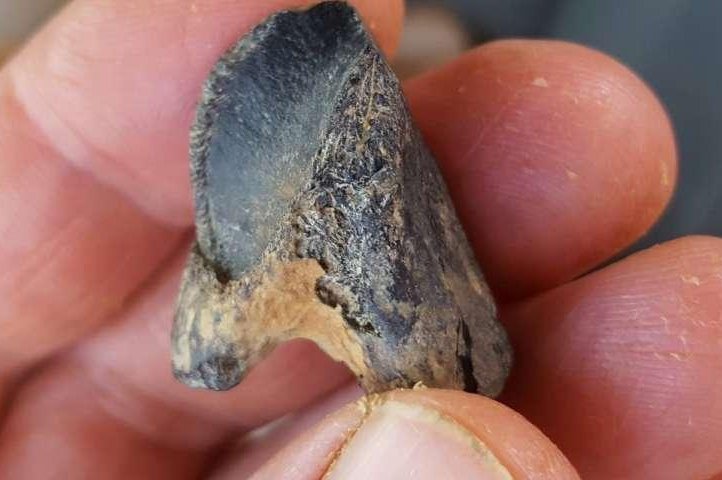May 23 (UPI) -- Paleontologists have discovered a rare dinosaur tooth in Mississippi, proof that horned dinosaurs roamed eastern North America some 66 million years ago.
Most North American dinosaur fossils are found in the West, among the Rockies, where geologic activity has exposed ancient strata.















